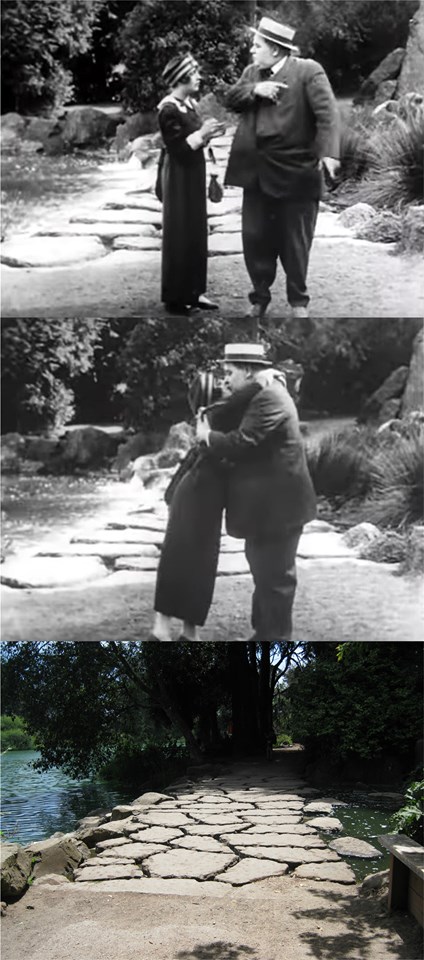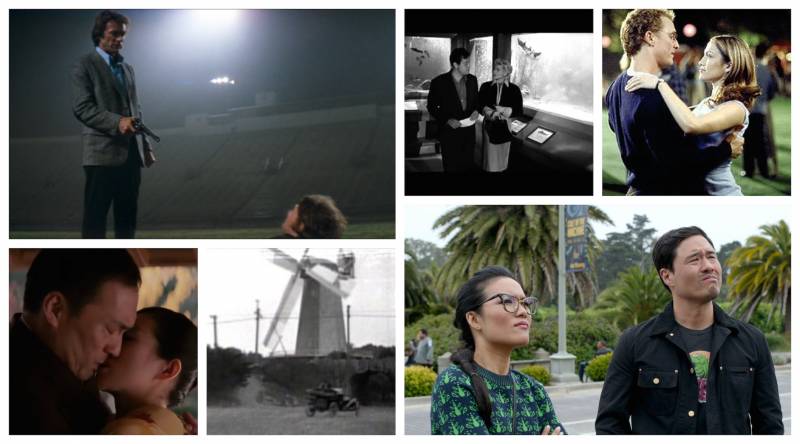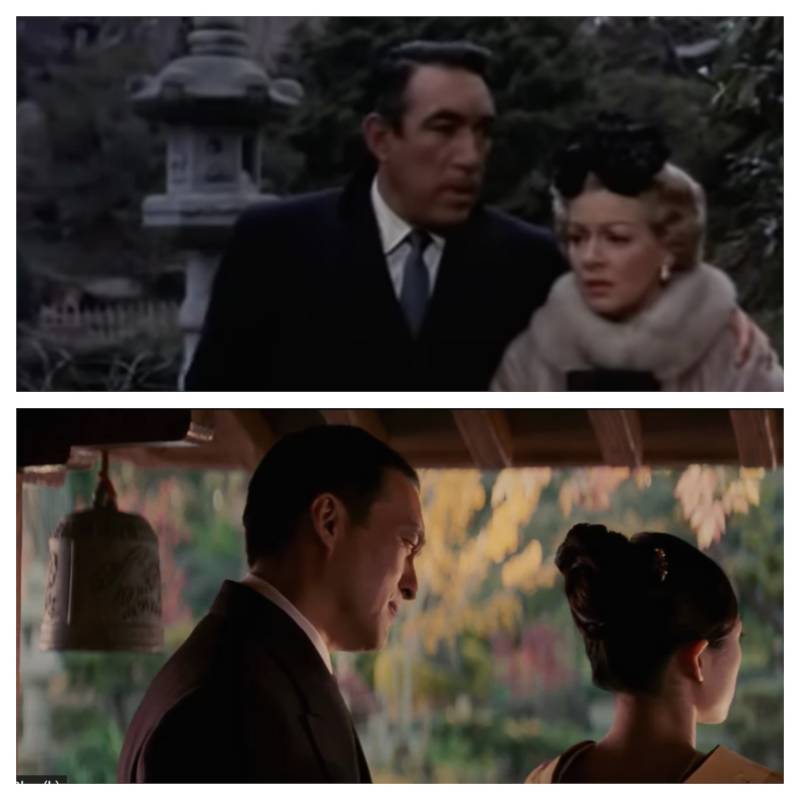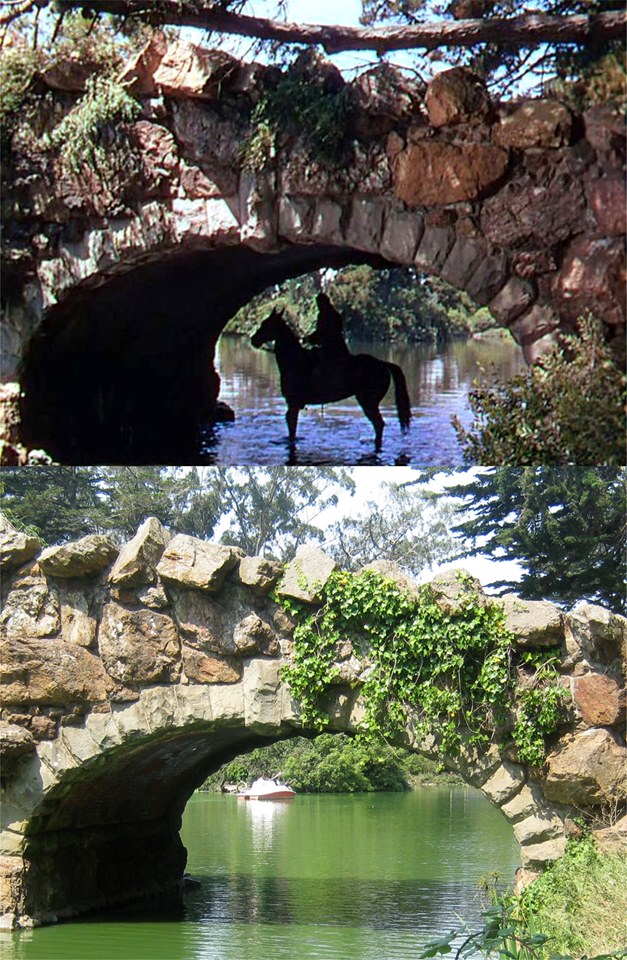Iconic San Francisco landscapes have long been used to enhance scenes on the silver screen. What would Bullitt be without Steve McQueen careering up and down the city’s distinctive hills in his ’68 Mustang? Or Vertigo without Kim Novak’s dramatic plunge into the Bay beneath the Golden Gate Bridge? And how could The Rock exist without an exploding Alcatraz?
In its 150 years, Golden Gate Park has played host to its fair share of memorable cinematic moments, starting all the way back in 1915 with Charlie Chaplin’s A Jitney Elopement. The silent film gave us the first ever San Francisco movie car chase, and it happened directly in front of the Murphy Windmill that stands at the western edge of the park to this day. After an old-timey sideshow, Chaplin speeds off up a dirt road that would later become the Great Highway.
That same year, the 13-minute Roscoe “Fatty” Arbuckle caper Wished on Mabel took a tour of some of the most romantic locations in the park: the Conservatory of Flowers, Stow Lake Bridge, Strawberry Hill’s waterfall and, finally, the stone path around Stow Lake, where Fatty and Mabel share a smooch.

No movie has better utilized Golden Gate Park as a romantic prop though, than The Wedding Planner. In it, Mary (Jennifer Lopez) and Steve (Matthew McConaughey) first fall for each other at a movie night at the park’s Music Concourse. (There’s a dance routine, a Ferris wheel and a rainstorm involved, naturally.) Later in the movie, when Steve attempts to comfort a crying Mary, he does so by saying, “D’you ever think about that night in the park? I do. All the time.” The couple return to the scene of their initial flirtations for the film’s finale.




